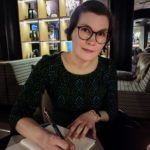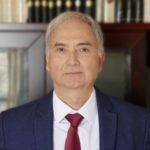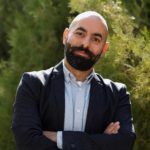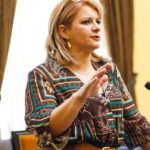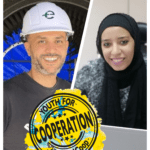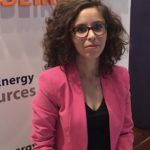Voices from the field
Santa Olga Cacciola
Saving tree crops from pests
Olives, citrus and almonds are of major agricultural importance in the Mediterranean, yet not exempt from the effects of climate change and emerging parasites. These threats are affecting Italian and Tunisian fields, demanding innovative technology for the creation of sustainable practices to prevent pests and protect tree crops. Thus, the collaboration between the two countries becomes essential to find common solutions. Funded by the ENI CBC Programme Italy-Tunisia, the PROMETEO project promotes research and exchange of good practices for the valorisation and preservation of olive, citrus and almond tree crops. We have interviewed PROMETEO’s coordinator Santa Olga Cacciola, Professor of Plant Pathology at University of Catania – the lead partner of the project – to get some insights from this cross-border cooperation.
PROMETEO is a project where trees are the protagonists, so let’s start from…the roots! How was the PROMETEO project born, why did you choose this name?
This is quite interesting. The title comes from an acronym, but it was also chosen because it is evocative of the Greek mythology. Prometheus is the son of the Titan Iapetus and the nymph Clymene, gifted with a lively intelligence and particularly fond of humans. Indeed, Prometheus is considered a benefactor of mankind: he provided mortals with technology, knowledge and even fire, after stealing it from Zeus. Similarly, the PROMETEO project aims to disseminate knowledge and results of applied research for the Mediterranean tree crops, among all operators of the sector, with particular attention to the food safety of the olive, citrus and almond products.
Could you tell us more about the objectives of the project in the long-term?
We want to create a cross-border network between Italy and Tunisia, two countries that might have some differences but share the same types of crops. Through the creation of this network, we hope to address the threat of exotic diseases and insect pests. This is also particularly important to prevent the effects of climate change: our project comes at a time when crops are facing a crisis and are the subject of important decisions regarding their reconversion, modernization and intensification.
The project has been running for some time already: have you achieved some of these results?
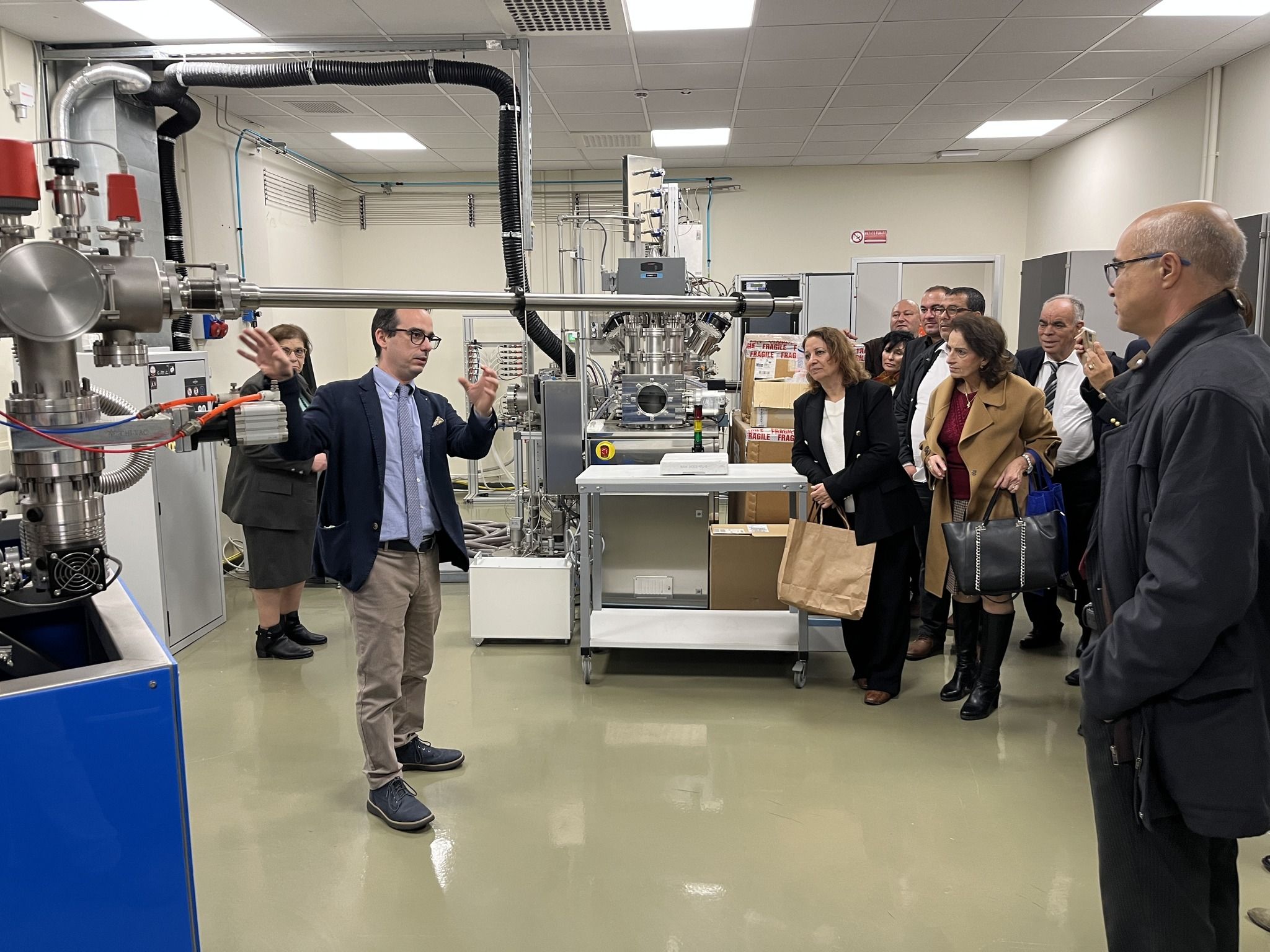 Yes! The first thing we did was investing time and energy to establish the basis for fruitful scientific collaboration between Italian (mainly Sicilian) and Tunisian institutions. We developed strategies to bring together different partners and to create a team. The following step has been the design of common protocols for the diagnosis of the main emerging, re-emerging and quarantine diseases of the cultures that are object of the project – and also insect pests.
Yes! The first thing we did was investing time and energy to establish the basis for fruitful scientific collaboration between Italian (mainly Sicilian) and Tunisian institutions. We developed strategies to bring together different partners and to create a team. The following step has been the design of common protocols for the diagnosis of the main emerging, re-emerging and quarantine diseases of the cultures that are object of the project – and also insect pests.
Recently, the University of Catania has been equipped with a new secondary ion mass spectrometer: could you explain to non-experts what it is, its use and how important is for the project?
The secondary ion mass spectrometer (TOF-SIMS) is based on the principle of emission of secondary ions that enable the characterization of different biological structures. In few words, we should imagine sending these secondary ions, which hit the material and come back, reflected, creating a mass spectrum. This mass spectrum is a sort of ‘map’ of the position of the ions, allowing to understand the structure of the biological sample. The map can be used for the biocontrol of pathogens and insect pests. In a nutshell, this highly sophisticated tool will make possible to introduce strong innovation in biological control of emerging plant diseases and insect pests of the three crops that are the focus of our project.
Two laboratories will be installed, one on each side of the border. They are a concrete example of the contribution of the project to innovation in the area. Could you additionally describe the cross-border impact of the project?
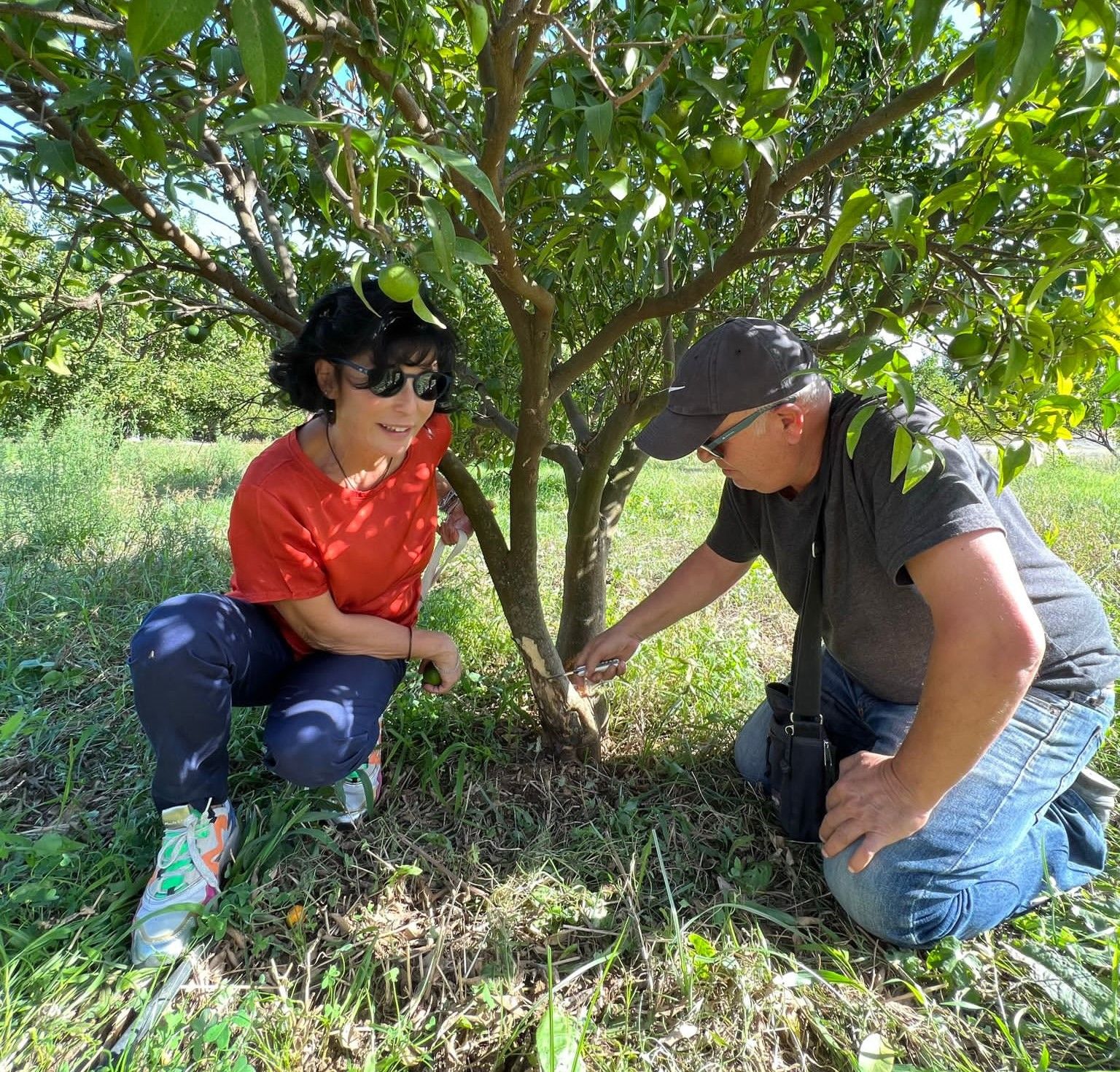 Well, the cross-border network represents a technological platform for the interaction of all the actors to share ideas, knowledge and experience and, moreover, to transfer the technological innovation. We rely on the innovative approach of the open scientific method, involving high-profile international experts. They work together with the partners of the project to propose, study, develop new protocols that then will be validated, of course, in the laboratories and experimental fields on both cross-border sides. Developed and validated protocols, then become the subject of further meetings that partners will have with policy makers to outline guidelines useful to guide agricultural policies, support the phytosanitary service and increase the production, competitiveness and sustainability of this sector and improve the quality standards of the food safety of these products in both countries.
Well, the cross-border network represents a technological platform for the interaction of all the actors to share ideas, knowledge and experience and, moreover, to transfer the technological innovation. We rely on the innovative approach of the open scientific method, involving high-profile international experts. They work together with the partners of the project to propose, study, develop new protocols that then will be validated, of course, in the laboratories and experimental fields on both cross-border sides. Developed and validated protocols, then become the subject of further meetings that partners will have with policy makers to outline guidelines useful to guide agricultural policies, support the phytosanitary service and increase the production, competitiveness and sustainability of this sector and improve the quality standards of the food safety of these products in both countries.
Communication is one of the key pillars of the project, with a strategy oriented towards the project’s results dissemination, among which the publication of scientific research papers. This could potentially extend the impact of the project beyond the target areas…
Our communication strategy is inspired by the recommendations of the European Commission and the objective is to put in place communication activities that can help project partners to develop appropriate capitalisation actions. For example, we are organising a capitalisation event, in collaboration with another project within the ITTU Programme – CLUSTER SERVAGRI- where we’ll present together our results, especially in contrasting the climate change. Activities like this are aiming at the dissemination of results and transfer of knowledge that is useful not only to the scientific community but also to decision makers.
Where can people find more about PROMETEO?
Besides building our network of professionals, we want to involve as much as possible young people. Thus, beside our website, we want to be present on the main social media platforms: Facebook, Twitter, YouTube and Instagram. We have also recently launched our newsletter, that can be found on a dedicated section of the website, with the aim not only to share news about the project, but also to gather news from the world that are relevant to the focus of our project.




